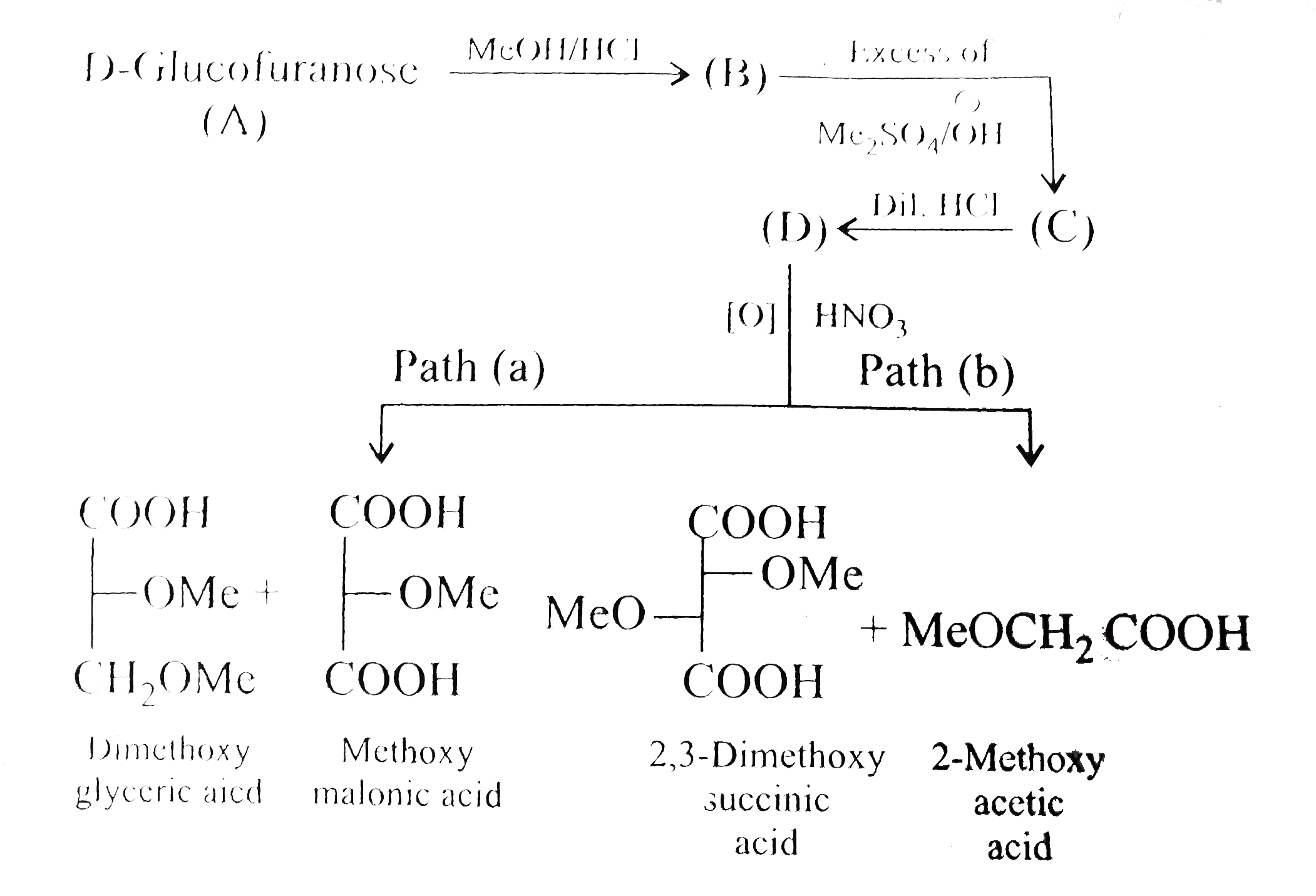Which statements (s) is (are) correct for AB2 type molecule ? .
If the EN of central atom decreases, the bond angle decreases .
If the size of central atom increases the bond angle decreases.
If the EN of atom B decreases the bond angle increases
If the EN of atom B decreases that bond angle decreases .
The correct Answer is:A, B, C
To determine which statements are correct for an AB₂ type molecule, we need to analyze each statement based on the properties of molecular geometry and the influence of electronegativity and atomic size on bond angles.
Step 1: Analyze Statement A
- Statement A: "If the electronegativity of the central atom decreases, the bond angle decreases."
- Explanation: If the electronegativity of atom A (the central atom) decreases, it will have a weaker pull on the bonding electrons. This results in increased electron-electron repulsion between the bonding pairs of electrons, leading to a decrease in bond angle.
- Conclusion: Statement A is correct.
Step 2: Analyze Statement B
- Statement B: "If the size of the central atom increases, the bond angle decreases."
- Explanation: As the size of the central atom A increases, its electronegativity generally decreases. A larger atom will have its bonding pairs further apart, which reduces the repulsion between them, leading to a decrease in the bond angle.
- Conclusion: Statement B is correct.
Step 3: Analyze Statement C
- Statement C: "If the electronegativity of atom B decreases, the bond angle increases."
- Explanation: If the electronegativity of atom B decreases, it will attract the bonding electrons less strongly. This means that the electron density will be less concentrated around B, which can lead to an increase in the repulsion between the bonding pairs, potentially increasing the bond angle.
- Conclusion: Statement C is correct.
Step 4: Analyze Statement D
- Statement D: "If the electronegativity of atom B decreases, the bond angle decreases."
- Explanation: This statement contradicts Statement C. If the electronegativity of atom B decreases, the bond angle is expected to increase due to decreased attraction of bonding electrons towards B, leading to increased repulsion between the bonding pairs.
- Conclusion: Statement D is incorrect.
Final Conclusion:
The correct statements for an AB₂ type molecule are A, B, and C.
---
- Statement A: "If the electronegativity of the central atom decreases, the bond angle decreases."
- Explanation: If the electronegativity of atom A (the central atom) decreases, it will have a weaker pull on the bonding electrons. This results in increased electron-electron repulsion between the bonding pairs of electrons, leading to a decrease in bond angle.
- Conclusion: Statement A is correct.
- Statement B: "If the size of the central atom increases, the bond angle decreases."
- Explanation: As the size of the central atom A increases, its electronegativity generally decreases. A larger atom will have its bonding pairs further apart, which reduces the repulsion between them, leading to a decrease in the bond angle.
- Conclusion: Statement B is correct.
- Statement C: "If the electronegativity of atom B decreases, the bond angle increases."
- Explanation: If the electronegativity of atom B decreases, it will attract the bonding electrons less strongly. This means that the electron density will be less concentrated around B, which can lead to an increase in the repulsion between the bonding pairs, potentially increasing the bond angle.
- Conclusion: Statement C is correct.
- Statement D: "If the electronegativity of atom B decreases, the bond angle decreases."
- Explanation: This statement contradicts Statement C. If the electronegativity of atom B decreases, the bond angle is expected to increase due to decreased attraction of bonding electrons towards B, leading to increased repulsion between the bonding pairs.
- Conclusion: Statement D is incorrect.
The correct statements for an AB₂ type molecule are A, B, and C.
Topper's Solved these Questions
- CHEMICAL BONDING AND MOLECULAR STRUCTUREBOOK - CENGAGE CHEMISTRY ENGLISHCHAPTER - CHEMICAL BONDING AND MOLECULAR STRUCTUREEXERCISE - Exercises Multiple Correct(Molecular Orbitaltheory (Mot))
10 Videos
- CHEMICAL BONDING AND MOLECULAR STRUCTUREBOOK - CENGAGE CHEMISTRY ENGLISHCHAPTER - CHEMICAL BONDING AND MOLECULAR STRUCTUREEXERCISE - Exercises Multiple Correct (Miscellaneous)
10 Videos
- CHEMICAL BONDING AND MOLECULAR STRUCTUREBOOK - CENGAGE CHEMISTRY ENGLISHCHAPTER - CHEMICAL BONDING AND MOLECULAR STRUCTUREEXERCISE - Exercises Multiple Correct(Hydrogen Bonding)
3 Videos
- ATOMIC STRUCTUREBOOK - CENGAGE CHEMISTRY ENGLISHCHAPTER - ATOMIC STRUCTUREEXERCISE - Concept Applicationexercise(4.3)
19 Videos
- CHEMICAL EQUILIBRIUMBOOK - CENGAGE CHEMISTRY ENGLISHCHAPTER - CHEMICAL EQUILIBRIUMEXERCISE - Subjective type
1 Videos
Similar Questions
Which statement (s) is /are correct ?
View SolutionWhich statement(s) is correct,
View Solution
Which statement(s) is/are correct?
View SolutionWhich statement(s) is/are correct?
View SolutionWhich statement(s) is/are correct
View SolutionWhich of the statement (s) is / are correct?
View Solution
Which statement(S) is/are correct about (A)?
View SolutionWhich statement/s is/are correct?
View SolutionWhich of the following statement(s) is/are correct about SF4 molecule?
View SolutionWhich of the following statements (s) is (are) correct?
View Solution
